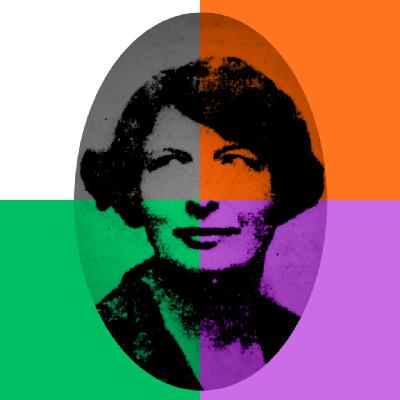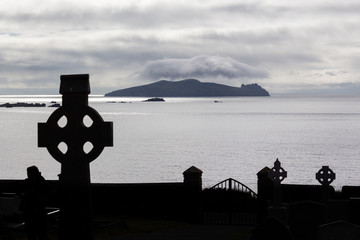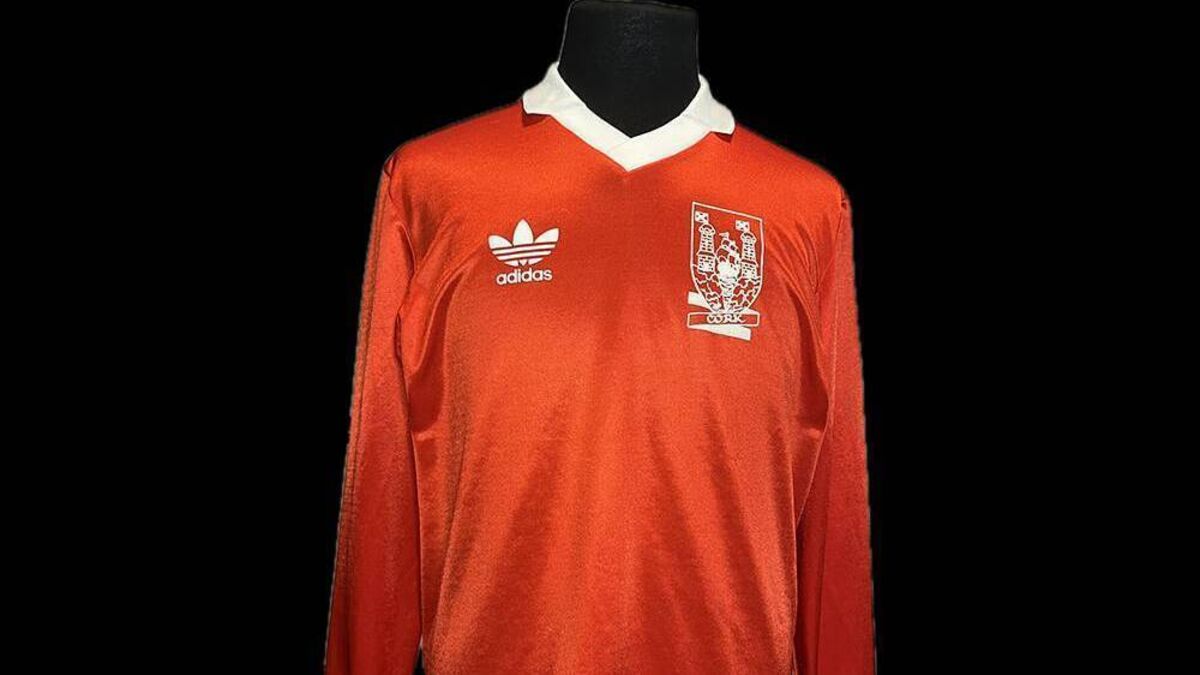How Cork's Streets Became a Battleground for Ireland's Identity
Description
Show Notes: How Cork's Streets Became a Battleground for Ireland's Identity
Podcast: Undercover Irish
Episode Title: How Cork's Streets Became a Battleground for Ireland's Identity
Part 2 AVAILABLE HERE https://www.patreon.com/posts/empire-strikes-142363777?utm_medium=clipboard_copy&utm_source=copyLink&utm_campaign=postshare_creator&utm_content=join_link
Description:
In this episode, we journey through the city of Cork — its streets, its story, its struggle — to explore how street names became a contested space in the years of Ireland's path to independence and beyond. What may look like a mundane map of lanes and thoroughfares becomes a battlefield of identity, memory and power.
Key Themes
- We begin with the era of the 1920s and the rising tension in Cork, where colonial-imposed street names served as lingering reminders of domination, even as the city braced for revolution.
- We follow the tragic figures of Tomás MacCurtain (Lord Mayor of Cork, murdered in March 1920) and Terence MacSwiney (his successor, elected 31 March 1920) — both central to the civic and republican struggle. In his inaugural address, MacSwiney said he was "more as a soldier stepping into the breach, than as an administrator to fill the first post in the municipality." cartlann.org+2Wikisource+2
- We examine the political battles of the 1930s, when naming and renaming became a way to assert the new Free State identity, yet the colonial names lingered and were fiercely defended in civic chambers and on the streets.
- Even during the Second World War (the 1940s), Cork was still engaged in the fight for decolonisation of its public spaces .
- We show how the revolt on the streets was not only driven by republican groups, but also by the Lord Mayor of the day, civic pride, community action, and even the Gaelic Athletic Association (GAA) — with sports clubs seeing street-naming as part of the cultural struggle.
- We bring the story to the suburbs: the development of Ballyphehane, where new housing estates bore the names of 1916 Heroes, signalling how naming became a means of reclaiming identity and rewriting local geography. 19162016committee.org+1
Highlights & Quotes
- Tomás MacCurtain's murder triggered a cascade of civic defiance in Cork. Republican councillors on the corporate body of Cork Corporation used the naming of streets to assert a new order.
- Terence MacSwiney's acceptance speech: "Our first duty is to answer that threat in the only fitting manner by showing ourselves unterrified, cool and inflexible for the fulfilment of our chief purpose – the establishment of the independence and integrity of our country." Wikisource+1
- The name-wars ripple into suburbs: Ballyphehane's roads honour the signatories of the 1916 Rising, reflecting how a new civic identity was embedded in everyday geography. 19162016committee.org
Why This Matters
Street names seem innocuous, but they carry huge weight — who we honour, whose memory we erase, whose power we acknowledge. In Cork, during the decades after independence, naming became a subtle form of resistance and renewal. It shows how identity is not just about statues or flags but the sign-on-the-street. For listeners interested in Irish history, political geography, and how the local mirrors the national, this episode offers a fresh angle.
Where to Find Us
- Patreon: patreon.com/UndercoverIrish
- Instagram: @UndercoverIrish
Reference Link
- Terence MacSwiney's acceptance speech as Lord Mayor of Cork: Wikisource "Cork Mayoral Acceptance Speech" Wikisource
Tune In
Whether you're a history buff, a Cork-local, or someone fascinated by how place, memory and politics intertwine — join us as we walk the streets of Cork in this episode of Undercover Irish and unearth the layers beneath the names.











